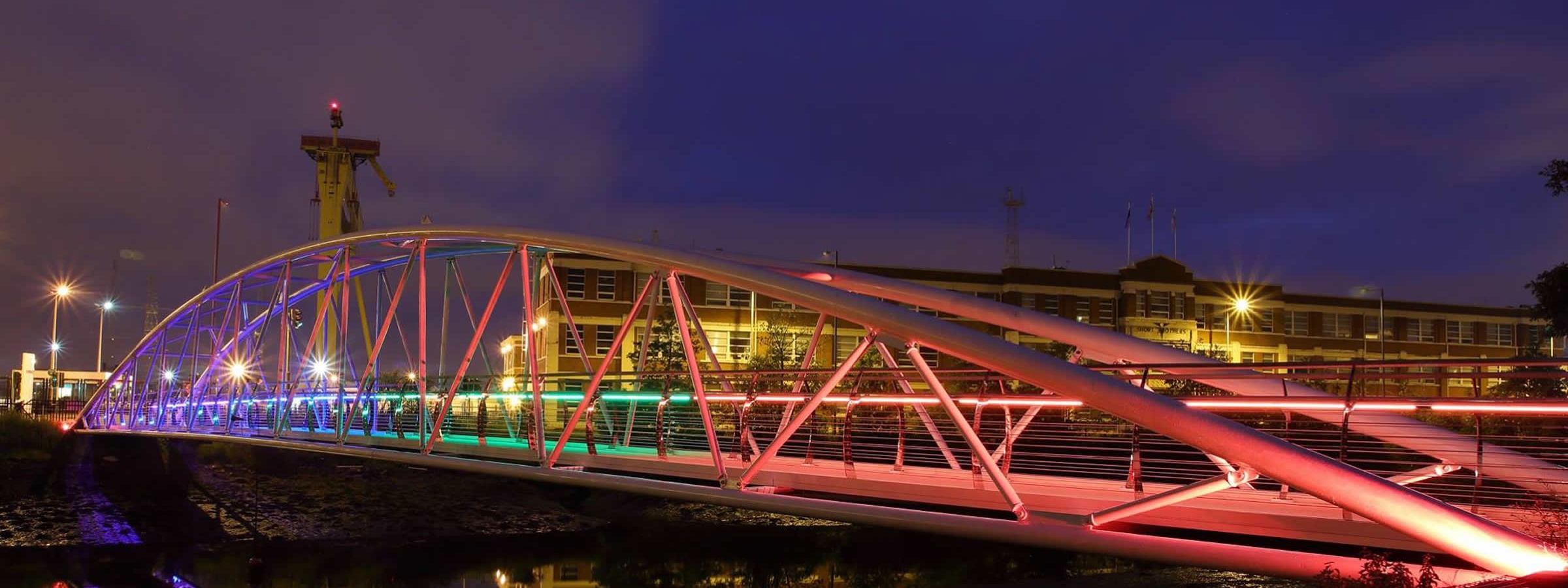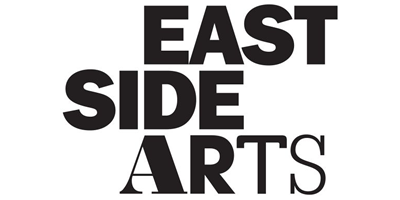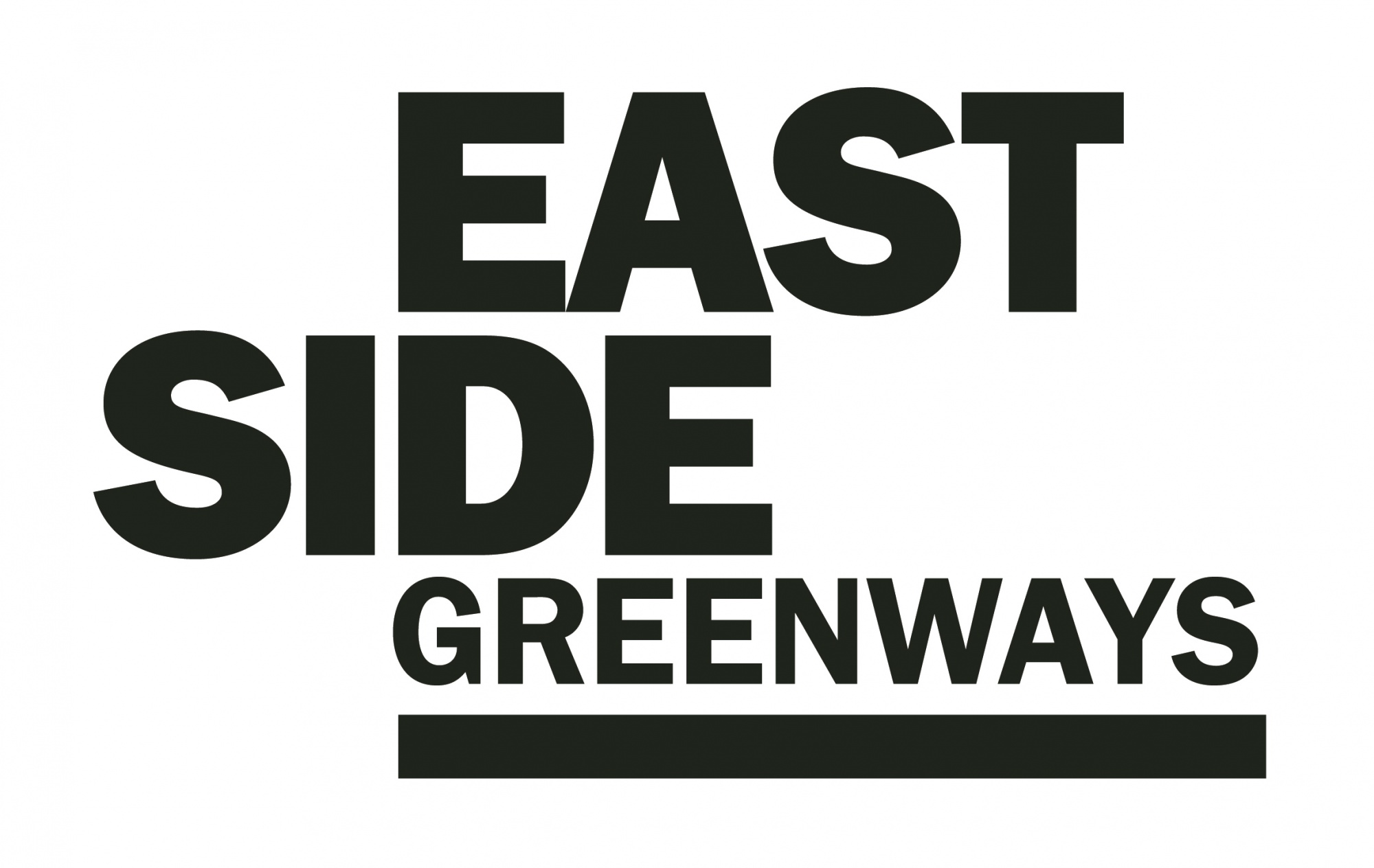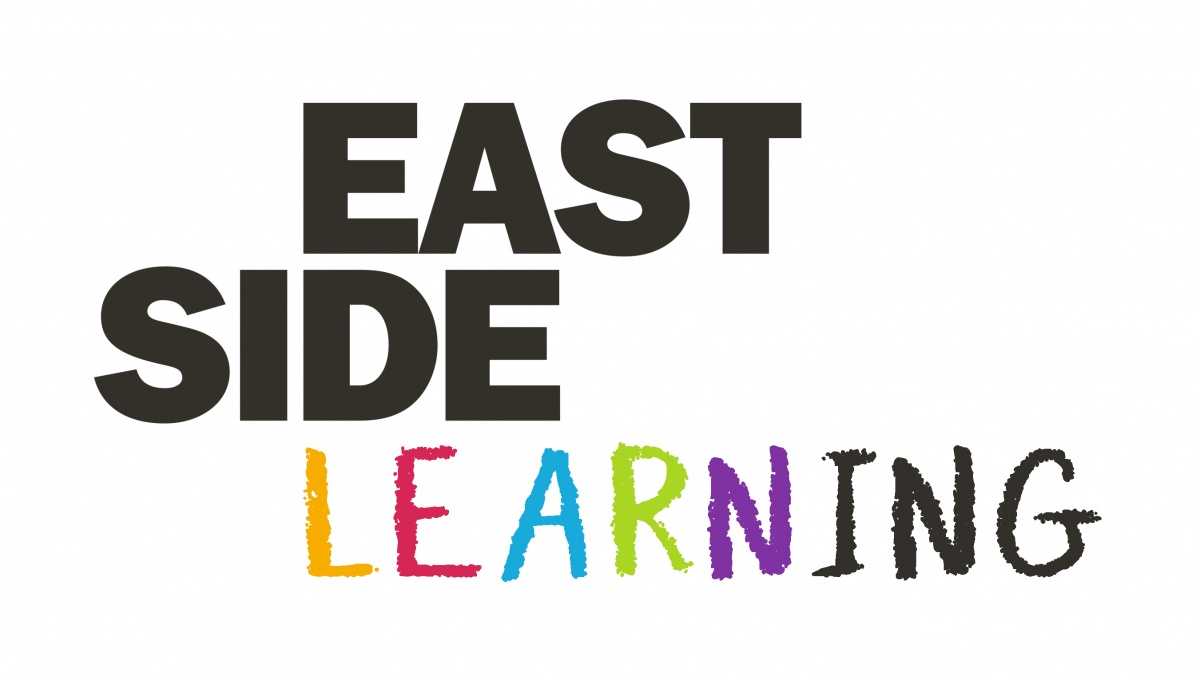Welcome to a new series on our blog. For the next wee while it seems we are going to be more reliant on technology than ever, but this doesn’t mean we can’t enjoy some ‘old stuff’. I am hoping to create a series of articles that can signpost heritage lovers to some amazing online resources. There will be some resources for absolute beginners and hopefully some surprises for the more seasoned heritage afficionado. The aim is to cover a range of online museum collections, archives, podcasts, social media accounts and other heritage resources. So if you have a favourite that you would love to tell people about please get in touch at lisacurrie@eastsidepartnership.com and it could feature in an upcoming post.
For this first post I am highlighting a couple of digital archives and collections that are based on our doorstep. Places where you might have spent an afternoon in different circumstances. It’s not a true replacement for the full sensory experience of visiting a museum or heritage site but may be enough to keep you occupied for a while or give you some ideas of activities for kids.
I’m going to start with some of the big organisations. National Museums NI includes the Ulster Museum, Ulster Folk Museum, Ulster Transport Museum and the Ulster American Folk Park.
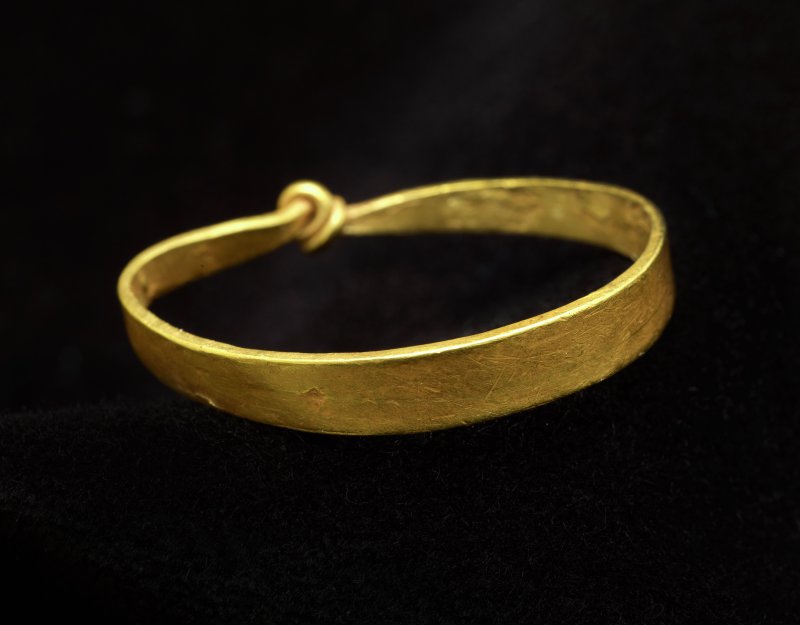 Image courtesy of National Museums NI
Image courtesy of National Museums NI
The most engaging offering on the website is found under Collection Highlights that allows the virtual visitor to explore selected areas of the collection. There is a varied selection of areas to explore from Art, History and Science. Each ‘collection’ features an overview of the subject and interpretation of the images selected. What really stood out to me was the photography of some of the smaller items e.g Gold Finger-rings in the Vikings collection. Seeing these digitally enlarged is arguably a much better experience than seeing them behind a glass case fighting for attention among other objects. This method of display enhances their beauty and helps to experience the objects in an 'up-close' and engaging way.
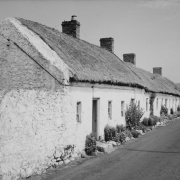 Image courtesy of National Museums NI
Image courtesy of National Museums NI
For the kids…At the moment most of the children’s resources available through the website are designed for class visits to the museums and benefit from engaging with the physical space of the museum. An insider source has told me that museum staff are beavering away on their on-line learning offerings and will have lots of new content soon. We will be sure to have a look at it when it is ready! Meanwhile, with a little imagination you might be able to use the KS1 booklet on houses by combining it with a YouTube video of a visit to the Ulster Folk Museum. I will be trying this out as it is a topic my own Primary 3 children are studying! Some of the other worksheets will be harder to adapt as they rely on real-life visits and are in treasure hunt format.
Next up - The Linen Hall Library
Image courtesy of Linen Hall Library
The Linen Hall Library have done tremendous work in recent years digitising good chunks of their collections. There are five main areas to explore; Divided Society, Troubled Images, NI Literary Archive, Digital Theatre Archive and Postcards Ireland. The best section for a casual browse is definitely ‘Postcards Ireland’. The Humour section raised a smile from me on several occasions. The postcard selection is searchable and they claim that among their 7000 images almost every city, town and village is featured. There is not a lot of interpretation here, the images are stand alone. Though if you do find a saucy postcard that made you giggle or an image of a place dear to you, it’s possible to send the postcard to a friend for £2.50 including postage.
The other collections are more specialised, though that doesn’t mean that the casual observer won’t find something of interest. On flicking through theatre brochures from as early as the 1940s I really enjoyed looking at the advertisements for long-forgotten sweets and Belfast’s historic department stores.
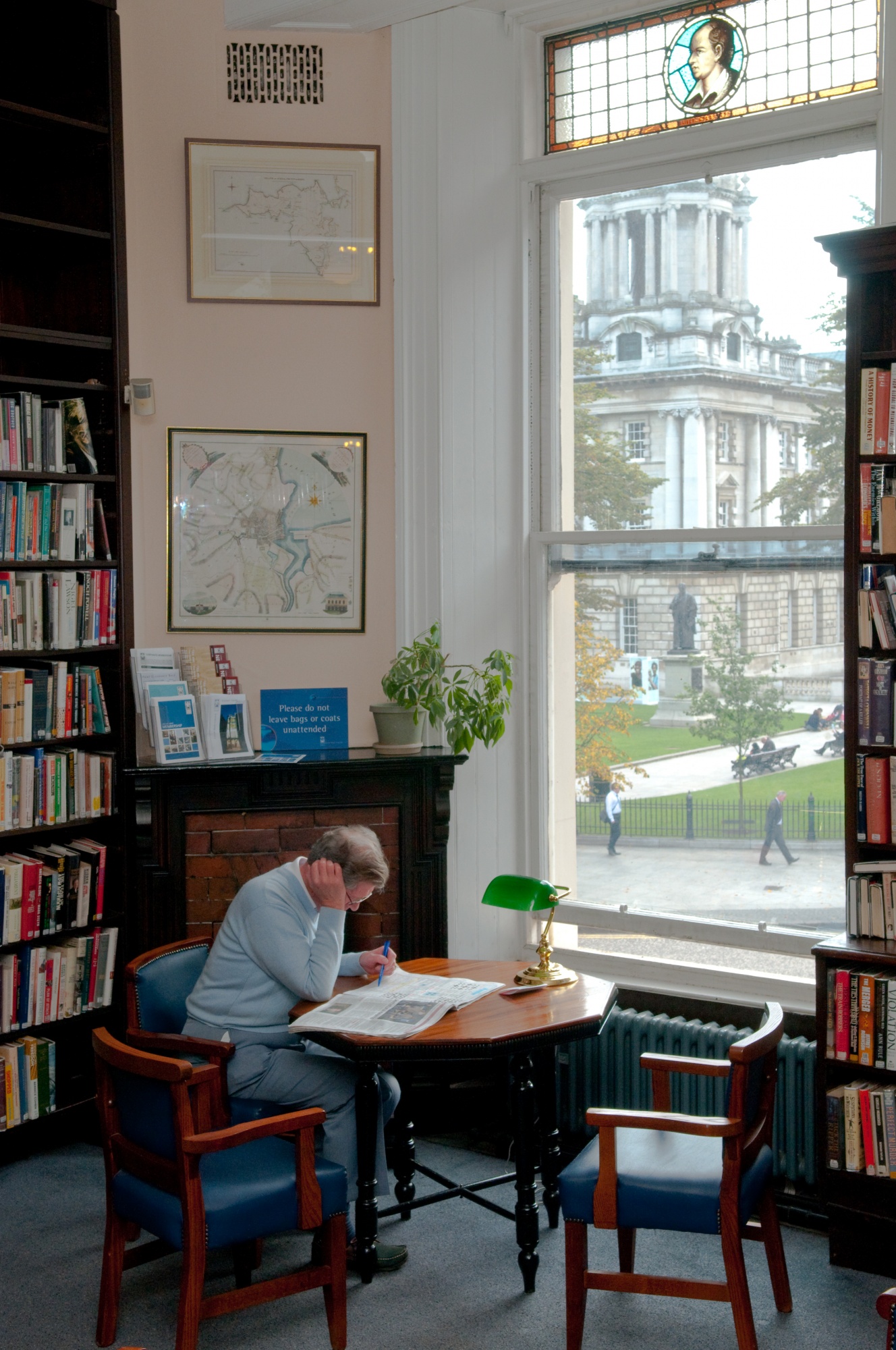 Image courtesy of Linen Hall Library
Image courtesy of Linen Hall Library
If you enjoy reading other people’s letters then you should explore the NI Literary Archive. Several local writers’ correspondence has been uploaded and you can read letters from John Boyd and Louis MacNeice. I revisited my teenage years by exploring the section on Joan Lingard who wrote the Kevin and Sadie books set in Belfast during ‘the Troubles’. One of Lingard’s manuscripts is featured and it’s fascinating to see the process of writing captured through the pen lines and crossings-out. There is a nice amount of background information to each writer featured and good interpretation about what you are looking at.
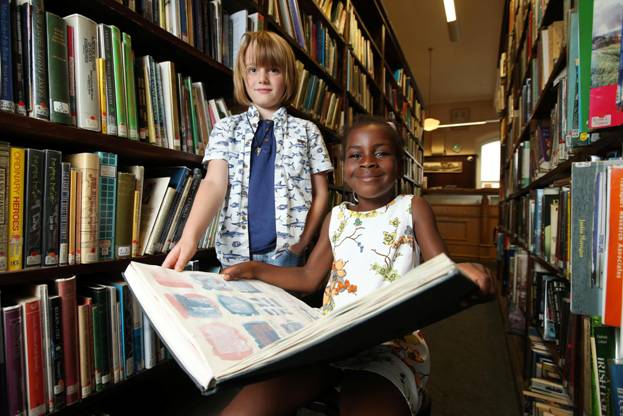 Image courtesy of Linen Hall Library
Image courtesy of Linen Hall Library
For the kids… In real life the Library provides well for younger kids with a brilliant collection of local children’s writers. However the digital collections cater better for older children and adults. For older children there is the GCSE resource, Divided Society that covers the topic of NI in the 90s as well as an interactive workbook available based on the Library’s Troubled Images project that can be used as a young person’s introduction to the Northern Ireland Troubles and Peace Process 1968 – 2018, it can be purchased on-line.
Check back with us for more offerings of digital heritage that you can explore from your armchair and don't forget you can send any ideas you want included in future entries.
By Lisa Rea Currie
Heritage Officer, EastSide Partnership

